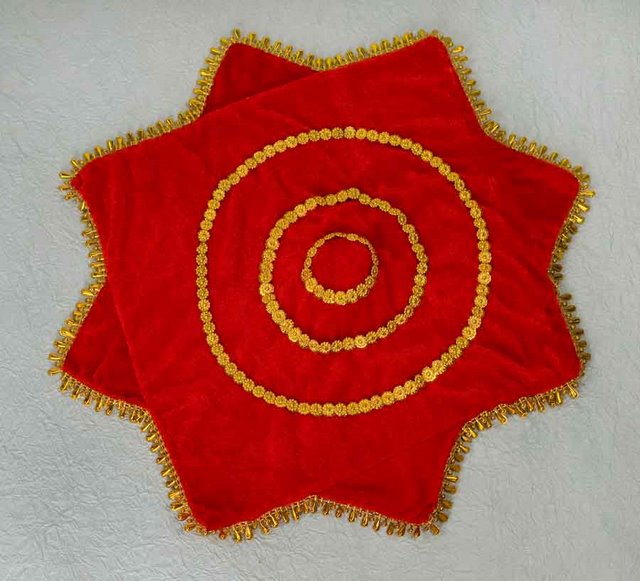From our event program:
"Horse-born people are high-spirited and lively. Their vivacity and enthusiasm make them very popular. With a deft sense of humor, Horses are masters of repartee. They love to take center stage and delight audiences everywhere. Sometimes rash and wilful, they can be prone to rapid changes of mood and, although seldom really explosive of temper, when they do see red, it is not a pretty sight. Those who have suffered a Horse's rage will never feel quite the same about him again."
What event? What program?
 |
| This Program |
We were fortunate and blessed to be invited by a member of the UCD Chinese student community to a celebration of Chinese culture and Chinese-Irish political relations at the National Concert Hall. The event was organized and put on by the Chinese New Year Festival Committee. Ireland has a large Chinese population (90,000 plus) and is culturally richer for it. With such a sizeable community, Ireland (specifically Dublin) and her residents have access to Chinese art, food, and culture thanks to the support of the Chinese population.
The program began with a chorus of local students singing a traditional Irish song and a traditional Chinese song back-to-back. After the welcome by the emcees (in English and Chinese) a performance troupe from Liaoning Province in China took the stage with some amazing, artistic, beautiful, and captivating performances.
 |
| Watercolor Horse from the Program |
 |
| Chinese Handkerchief |
A later performance by the dancers displayed amazing balance and posture as they danced on shoes with raised heels... in the middle of the shoe.
After the first dance, we were introduced to the acrobats and contortionists. The first performance was a duet performance of two incredibly strong and flexible acrobats performing slow-motion acts of body-shaping and balance, several times balancing one atop the other. One of the acrobats returned later for a solo performance titled, "The Rolling Lights." This performance began with more incredible body shaping and folding in ways that made the whole audience gasp involuntarily. For the finale, her partner brought out candle holders with electric lights to balance. By the end, the acrobat had five lights, one on each limb and one balanced on her forehead. With these five lights balanced, she rolled, stretched, and finally stood straight up after her partner had retrieved all the lights but the one on her forehead. All of it done slowly and very artistically. Incredible.
Another team performance by a different team was "Handkerchief Magic." This act began with what I can only assume was a stand-up comedy act in Chinese. The performer was dynamic and entertaining even if I couldn't understand the language. His talent (besides the stand-up routine) was handkerchief spinning, which he did with larger and larger pieces with the help of his partner, until he needed to stand on two chairs to be high enough to spin (and keep spinning) a blanket-sized handkerchief.
I had never heard of the next kind of Chinese illusionism before last night, face changing. This ancient art, performed in traditional Chinese opera, is a dance in which the performer wears brightly-colored masks- and using sleight-of-hand, switches masks throughout the performance. The illusionist wears a cape and carries a fan, and uses these as misdirections and distractions as she runs, twirls, and makes mask changes faster than the eye can see.
The emcees introduced each act and filled the time between stage transitions with interpretations and descriptions of the artists we were watching. One was Irish and the other Chinese, but both spoke English and Chinese, so everyone in the audience could understand and participate. The year of the horse was referenced again and again as important for Ireland because of the popularity and high quality of horse breeding and horse racing here. I had a feeling (as I often do at Irish events) that some of the jokes and references, particularly some those to horse racing on this night, went right over my head. The Chinese emcee taught and practiced with the audience a phrase in Chinese meaning "swift luck" in English or, directly- "Luck when the horse comes in." There's another horse reference, and the Irish emcee couldn't help but make a subtle reference to luck and horse race betting. Even I could pick up that reference.
Building to the end of the show, two masters of Kung-Fu took the stage for an exhibition of this popular martial art in jumps, kicks, and hand-strikes. Following that was a musical performance on the Suona, a traditional Chinese instrument much like a Western oboe, with a double reed and tone holes for fingering. Unlike the oboe, the Suona has a wide brass bell, contributing to its very loud, bright, and projecting sound. My music training was all been focused on Western music, so I was unfamiliar with this instrument, but I (and I'm sure most readers will) recognized the sound of the instrument as the melody voice in music played in Chinese restaurants- my total exposure to Chinese music and culture before this performance, unfortunately.
Here's a YouTube clip of another suona soloist. Recognize that sound?
The dance troupe who had opened the night gave the final performance, a dance dedicated to the history and future of China. After one more try at our new phrase in Chinese, the emcees wished us a good night and a happy Chinese New Year. It was a great end to a great night.
Many thanks to the CNY committee, National Concert Hall, and our generous friend for the tickets.

No comments:
Post a Comment
Please leave a comment, we'd love to hear what you think! Comments are word verified to prevent SPAM.